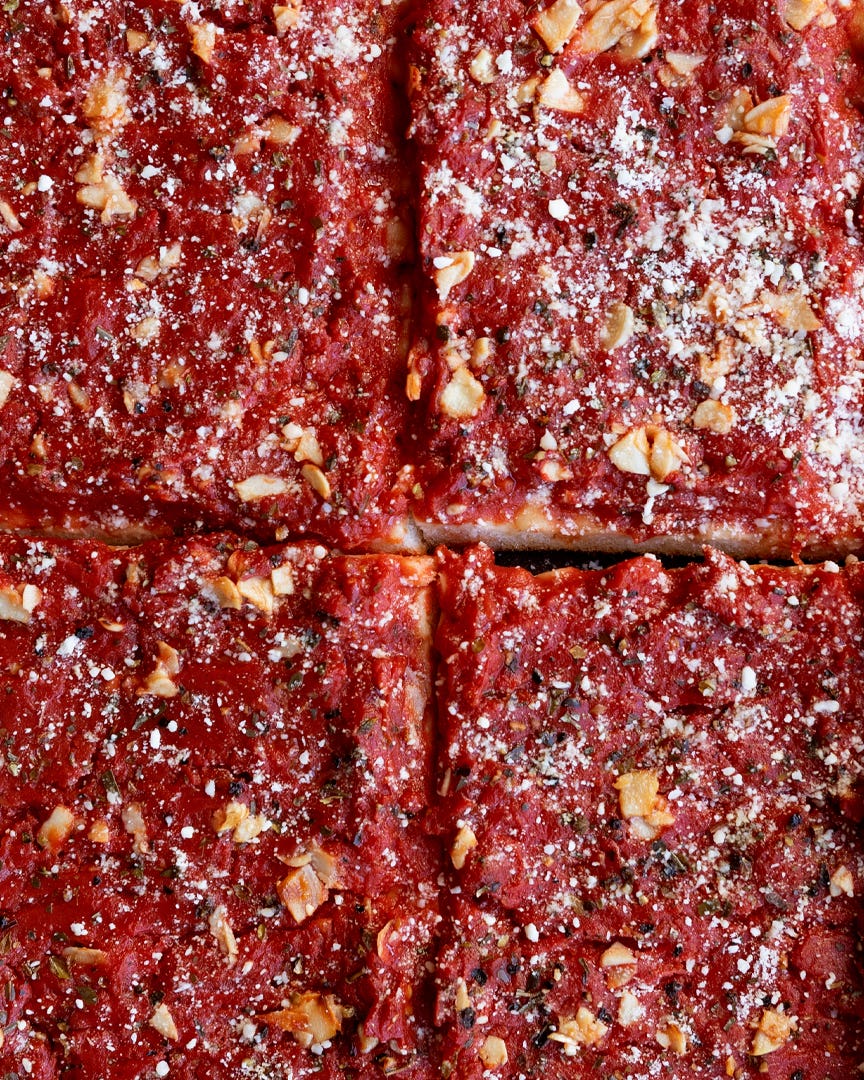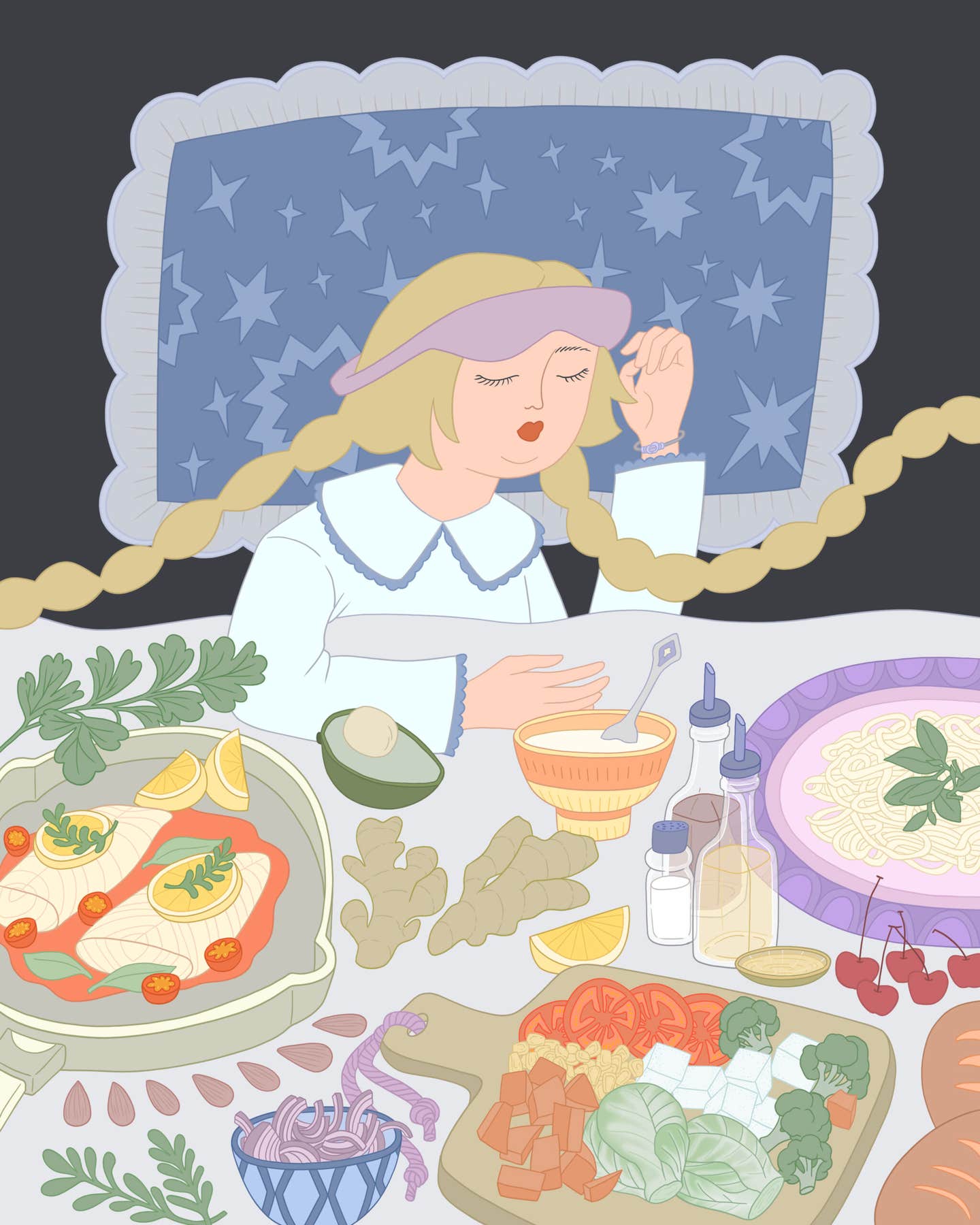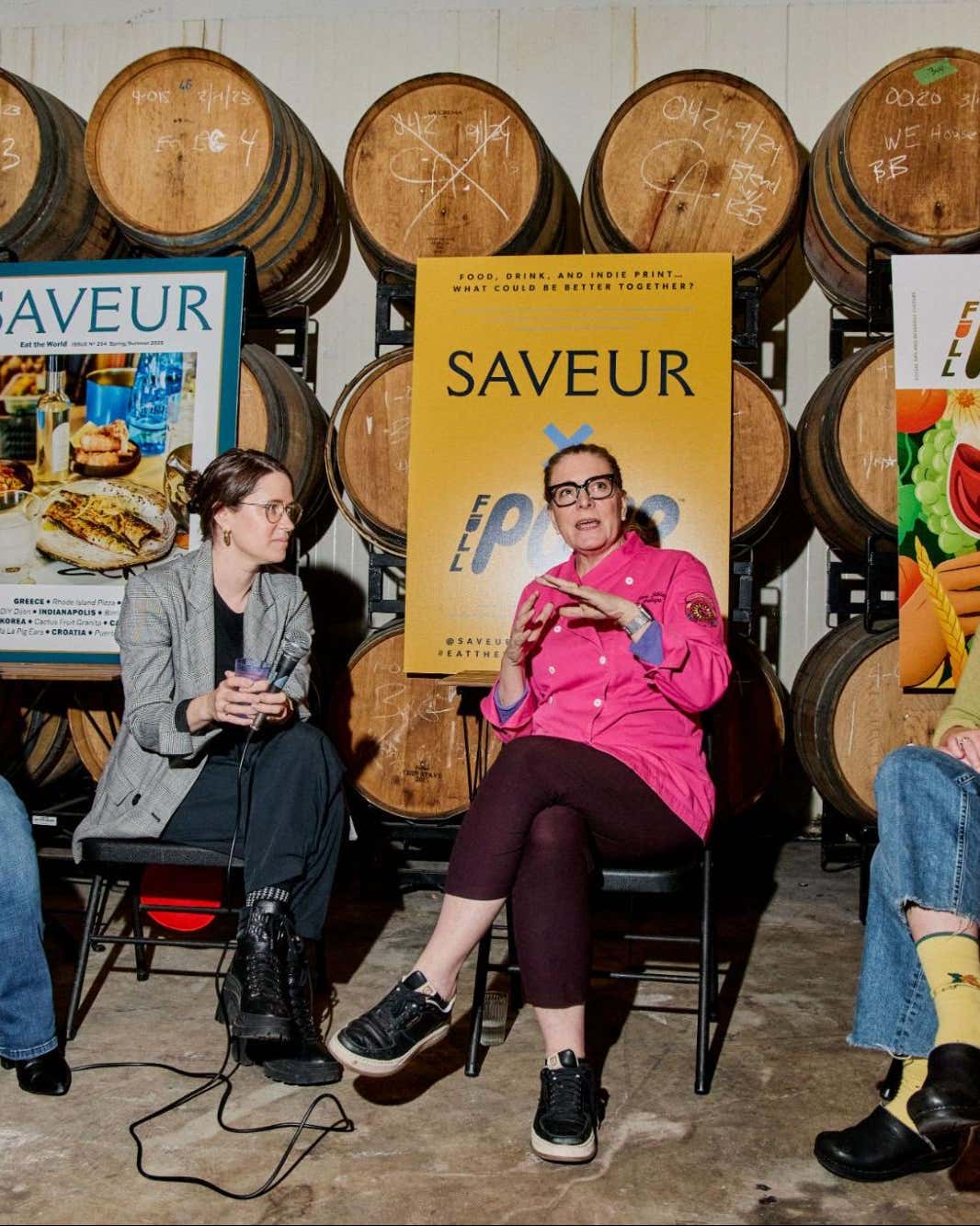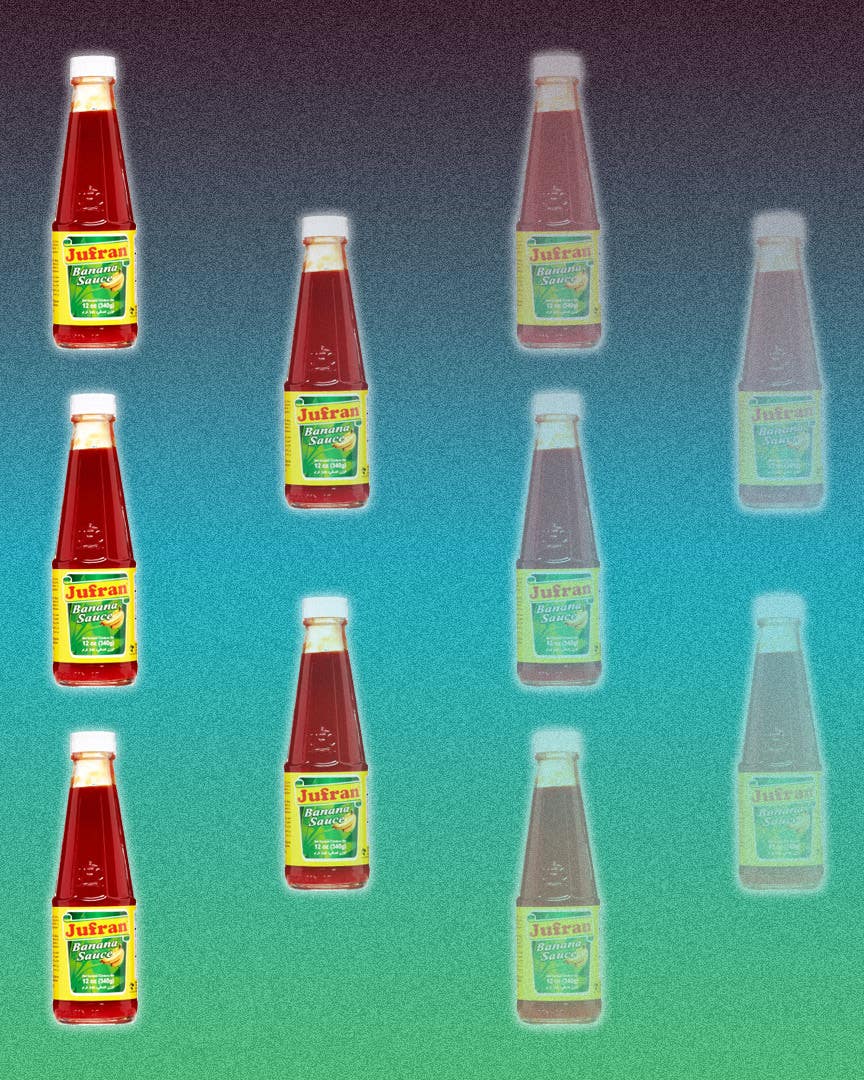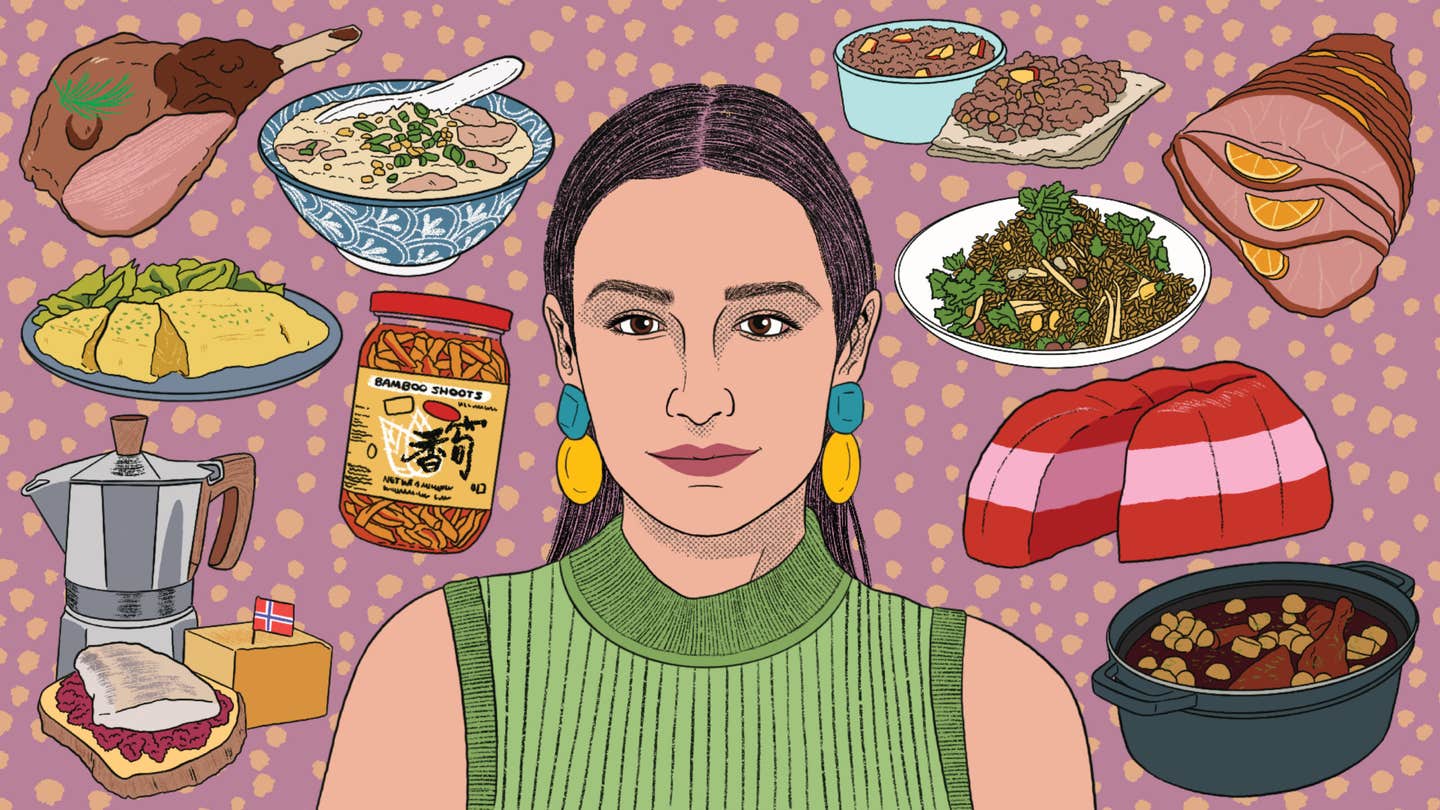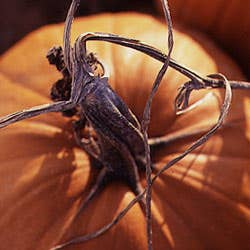
When I used to visit Italian villas, in my former incarnation as an architectural historian, I could never warm to Corinthian capitals or naked deities. I was always caught staring at the fruit—like the time I peered up in disbelief at a voluptuous fresco of flowers, fruits, and vegetables cascading down the ceiling of the Villa d'Este in Tivoli. There, overhead, was a courge musque de Provence, circa 1568, seemingly just waiting to drop into my hands. This discovery was exhilarating enough in itself for a pumpkin lover like me, but it was the ensuing flush of sensory recognition that really hit me: Stewed with fragrant yellow tomatoes and a dash of fresh sage, this ethereal pumpkin yields a thick soup the color of lox; vichyssoise fades to mere milk by comparison. I could almost smell that heavenly aroma wafting across the room.
The pumpkin lover is a lonely connoisseur, for his pleasure is largely hidden from a world that thinks of this ubiquitous cucurbit only in terms of Halloween jack-o'-lanterns. But anyone who values food for its flavor ought to applaud the French for preserving the courge musque, that wonderful heirloom so prominent on the banquet boards of Renaissance nobles—a "cheese" pumpkin, squat, tan-skinned, with brilliant rose-orange flesh—or the rouge vif d'Etampes, a Parisian soup pumpkin par excellence dating from the 1840s. Pumpkins like these are revelations—and a culinary challenge to American cooks who have the tendency to gravely underestimate the possibilities of squash.
And all pumpkins are squash. Americans have just fallen into the habit of calling the big orange ones pumpkins. This term derives from the Old English_ pompion_, which in turn comes from the Latin pepo and the older Greek_ pepon_—both words used by the ancients for golden, sun-ripened melons. (To the European eye of the 1500s, New World squashes apparently looked more like melons than like the gourds that had been known in the Old World since the Bronze Age.) All squash and most gourds, cucumbers, and melons belong in the extensive genus Cucurbitaceae. The majority of pumpkins grown in the United States today are ornamentals (best used for jack-o'-lanterns) of the pepo species, descendants of the pumpkins cultivated—for their seeds, not their flesh—in southern Mexico more than 6,000 years ago.
I can trace my own interest in squash to my grandparents' house in West Chester, Pennsylvania. My grandmother tinkered with intriguing recipes like Pennsylvania Dutch peach-and-pumpkin pie, pumpkin-sweet potato pound cake, even pumpkin yeast for sourdough bread (she boiled pumpkin seeds in water to create a "tea" to soak the hops in); my grandfather, meanwhile, grew countless varieties of squash. What I remember most vividly was one particularly remarkable gourd. Mrs. Fibo, a friend of my grandmother's, gave my grandfather the seeds for a variety she called zucca verde rampicante ("creeping green squash"). We know it today as the "club of Hercules" gourd. Grandfather used his Lombardy poplar tree as a trellis, and that gourd vine produced baseball bat-size fruit all the way to the top. It caused quite a sensation in the neighborhood.
Although technically not squash, Mrs. Fibo's gourds were entirely edible when small. In fact, back in the 16th century, it was this type of gourd that lent its name to the little squash of similar shape: zucchini, or little zucca. Italian cooks took enthusiastically to New World squash. An issue of Gardener's Magazine from 1832, for instance, ran an article titled "Pumpkins Are Principal Articles of Venetian Horticulture". Indeed, I remember my first foray into the vegetable market in Venice one October morning many years ago. I was greeted by a succulent aroma drifting through the lingering fog. It turned out to be strips of zucca marina di Chioggia—Chioggia sea pumpkin—brushed with olive oil and grilling over hot coals in little stoves at the ends of barges, which were tied along the canal, and heaped with the squash. No morning coffee could have been more inviting, or left a more lasting impression.
The food historian in me is always searching for endangered squash varieties. In the fall, I sometimes devote whole weekends to stalking roadside stands for squash finds the way antiques collectors work flea markets and yard sales. I have acquired many of my most interesting seeds from farmers like Jonas Nolt of Lancaster County, Pennsylvania. Nolt's stand overflows with blue Hubbards, golden Hubbards, Turk's caps, striped mandans, cushaws, and rarities like the 18th-century white cheesequake, and he has helped me increase my squash collection to some 85 varieties.
Not bad. But Glenn Drowns, a high school science teacher in Calamus, a small town in eastern Iowa, is the largest private squash collector in the country. Drowns, who considers squash to be his "first love in the garden", hand-pollinates as many as 250 different types. He will readily agree with me that it is as easy to be enchanted by the many fascinating stories connected with old squash varieties as it is by their unusual flavors, colors, and textures. For not all squash are orange or even golden yellow. Indeed, some of the most flavorful are green, white, or even blue. Drowns shares my infatuation with older varieties, and we trade stories about our favorite squash, like the rare wickersham sweet potato pumpkin, which has whitish flesh that turns yellow as it cooks, and an unusual, almost pineapple flavor. Both Drowns and I are constantly amazed by the array of flavors that burst forth from heirloom squash. Surely this is the underdog of the kitchen garden, where tasteless zucchini reigns supreme.
Alas, most of us remain slaves to jack-o'-lantern pumpkins and plain old pumpkin pie. Perhaps if we learned to appreciate the subtle nuances of flavor and texture of some of those other myriad varieties, we would be more open to expanding our limited pumpkin repertoire. With a little effort, maybe more of us will actually come around to the many perennial pleasures of squash. I may be thinking big, but maybe someday I will not be alone in dreaming of pumpkin soup at the Villa d'Este.
Keep Reading
Continue to Next Story


